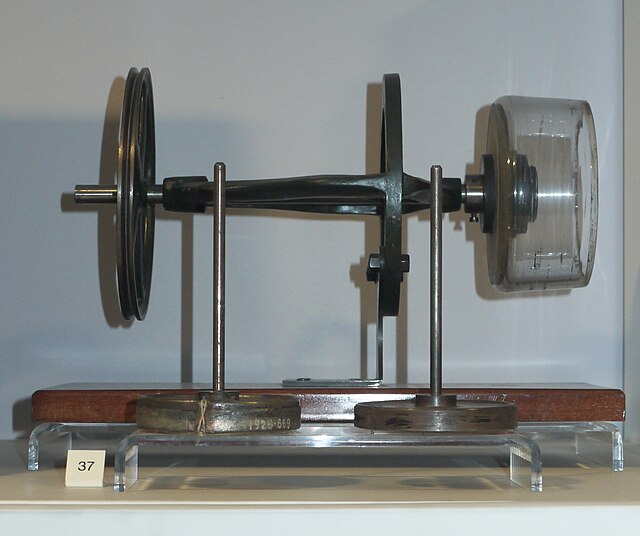Artificial turf is a surface of synthetic fibers made to look like natural grass, used in sports arenas, residential lawns and commercial applications that traditionally use grass. It is much more durable than grass and easily maintained without irrigation or trimming, although periodic cleaning is required. Stadiums that are substantially covered and/or at high latitudes often use artificial turf, as they typically lack enough sunlight for photosynthesis and substitutes for solar radiation are prohibitively expensive and energy-intensive. Disadvantages include increased risk of injury especially when used in athletic competition, as well as health and environmental concerns about the petroleum and toxic chemicals used in its manufacture.
Artificial turf with rubber crumb infill
Side view of artificial turf
Artificial turf square mats
Tropicana Field with its artificial turf field.
Synthetic fibers or synthetic fibres are fibers made by humans through chemical synthesis, as opposed to natural fibers that are directly derived from living organisms, such as plants or fur from animals. They are the result of extensive research by scientists to replicate naturally occurring animal and plant fibers. In general, synthetic fibers are created by extruding fiber-forming materials through spinnerets, forming a fiber. These are called synthetic or artificial fibers. The word polymer comes from a Greek prefix "poly" which means "many" and suffix "mer" which means "single units"..
Nylon was first synthesized by Wallace Carothers at DuPont.
A device for spinning Viscose Rayon dating from 1901






